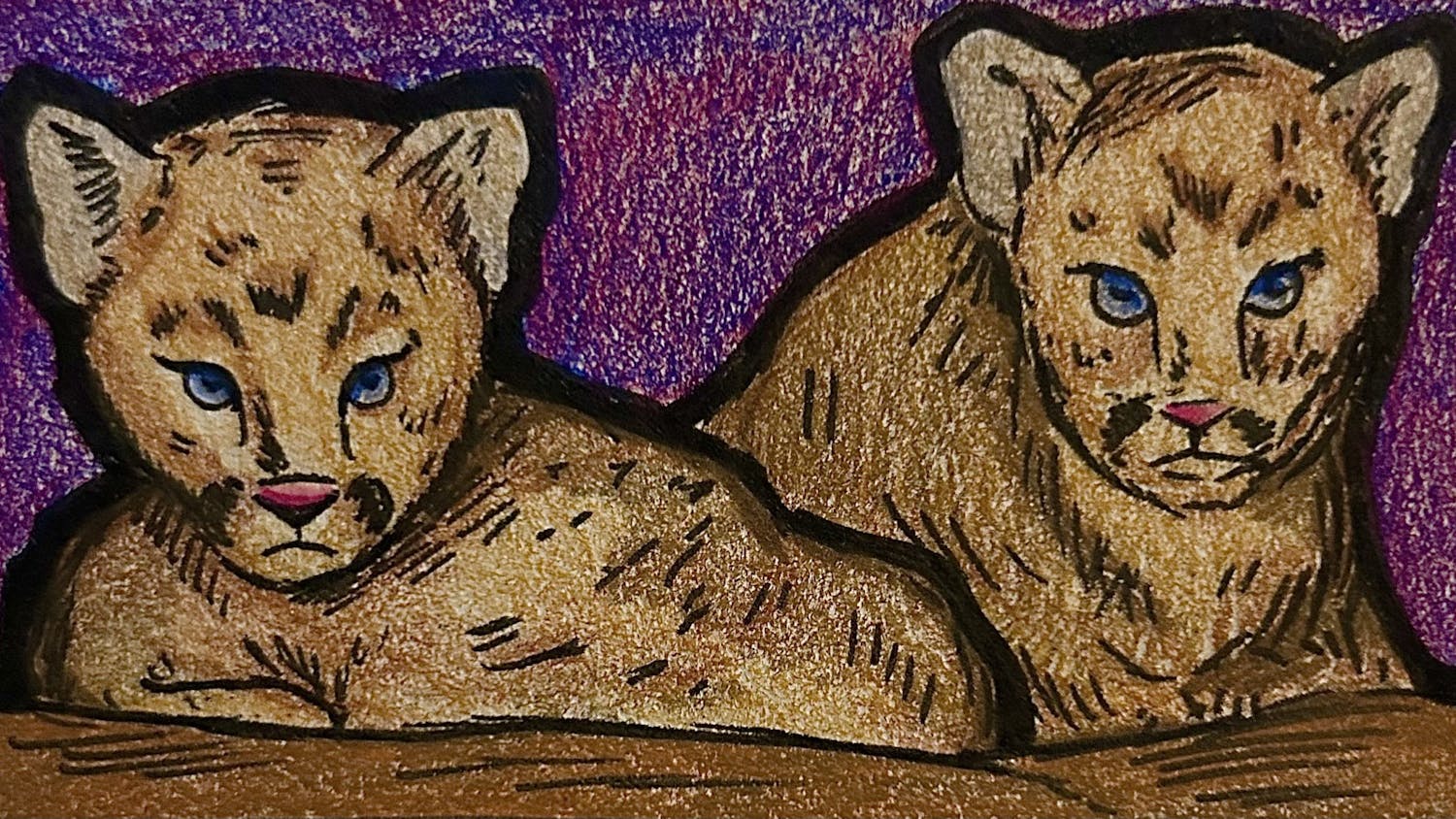“What would it do for the birds?” This simple question spurred scientists from the University of Wisconsin-Madison and the Wisconsin Department of Natural Resources to investigate whether it’s possible to grow economically viable amounts of biomass to generate bioenergy and, at the same time, provide habitat for bird populations, including rare grassland birds.
The results of their study have recently been published in the journal PLOS One and may have far-reaching effects on land use for growing biomass crops in Wisconsin and the entire Midwest.
“Corn is right now the dominant bioenergy plant, but we know it’s not a good habitat for birds. In fact, it’s like a desert for birds.” said Dr. Peter Blank, a post-doctoral fellow with Dr. Monica Turner in the Department of Zoology, and lead author of this study said.
One alternative to corn for bioenergy production is growing perennial grasses, such as switchgrass and big bluestem. But, previously, no one had actually determined whether perennial grasslands grown for biomass harvesting would provide a more attractive habitat for native birds.
In 2011 and 2012 Blank and colleagues surveyed 30 grassland fields – including three being used to generate biomass for energy - and 11 cornfields spread across southern Wisconsin. They took special care to ensure these sites were representative of the upper Midwest prairie ecosystems.
Blank and colleagues categorized the vegetation and counted both the total number and the different species of birds spotted at each site. According to Turner this study is one of the few to actually measure biomass yields from the different sites. This allows for a more accurate calculation of biomass harvests compared to many studies that mathematically estimate biomass yields.
The research team found three times as many bird species in diverse grasslands compared to cornfields. Also, none of the bird species considered to be of greatest conservation need was seen in cornfields. Among the grasslands, the researchers found fields with only one kind of grass supported fewer birds and bird species than fields with diverse grasses or ones with wildflowers.
Dr. Ben Zuckerberg, an associate professor in the Department of Forest and Wildlife Ecology not involved in this study, was impressed with the differences in bird populations in the various kinds of grasslands. “This is one of the first studies to look at what are subtle differences between grassland types and still show distinctive differences in the bird communities,” Zuckerberg said.
In addition, birds are considered to be excellent signals of overall environmental health, as their presence shows other things – like insects and seeds – needed to sustain them are in place. “We study birds as indicators of environmental change, and so when we look at subtle changes in bird communities in relationship to land use change, it’s something I think has tremendous value,” Zuckerberg said.
While lower than the yields from corn or grass monoculture fields, the biomass yields from the mixed grasslands in this study represent plausible, future, commercial-scale grassland biomass yields according to the authors.
“You don’t have to back off your harvesting all that much to provide benefits for the birds. So the trade-off between helping to sustain bird populations versus getting something productive monetarily from the land is not so severe. I think this is an encouraging surprise for landowners and residents of southern Wisconsin,” Turner said.
Another important finding was the effect of surrounding land use on bird diversity. Bird species diversity and total number of birds increased if other grasslands were present within a kilometer of the study sites. “Grassland birds like fields that are surrounded by other grasslands” Blank said.
While the fracking boom has taken some of the impetus off of bioenergy production “eventually biomass, in addition to solar and wind, will be part of the portfolio of resources we use to create our energy” Turner said.
It then becomes critical to understand how the changing patterns of land use to grow crops to generate bioenergy will affect biodiversity and plan accordingly. “This really is a study of the trade-offs between producing an economically viable crop and wildlife habitat and we believe that our data show that you can do both on these fields” Blank said.
Funding for this study was provided by the Wisconsin Department of Natural Resources.






